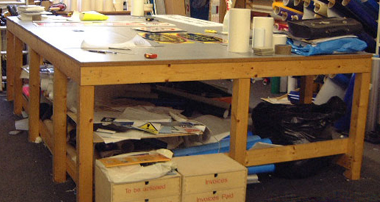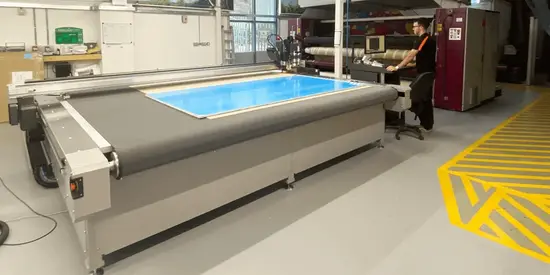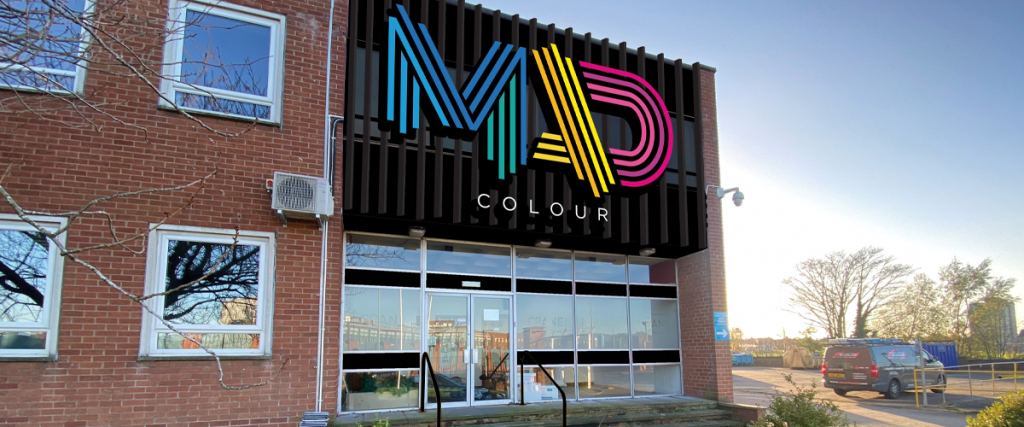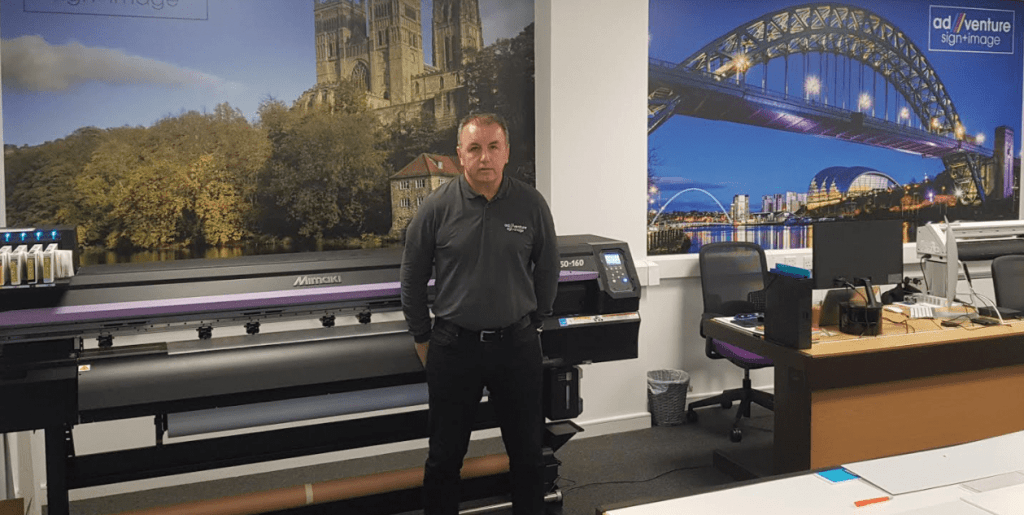Create your own all-in-one sublimation table

I recently bought a sublimation setup for self promotion of UKSB and our sign business.I am a firm believer that “everything must have its place” for a business to operate smoothly, even IF I only intend using this equipment from time to time.My trouble was, I only had one place I could afford to put it and it wasn’t big. I decided the best way to do this would be to build a sort of self contained table/bench to hold everything I needed to produce my sublimation products.
As I began to construct . . .
---------------------------------------------------------------------------
Oops...
It looks like your Access on this page is limited for one or more of the following reasons:
- You are not logged in.
- You have not registered.
- You do not have a membership.








